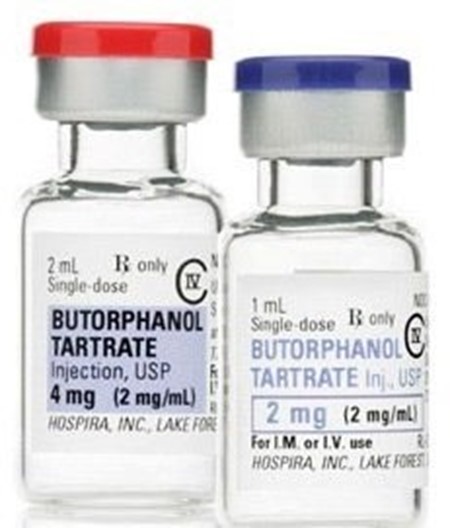A nurse is preparing to administer 1 L of 0.9% sodium chloride solution to a client over 6 hours. The intravenous (IV) fluid has a drop factor of 15 gt/mL. What will be the gt/min flow rate?
41.6 gt/min
0.2 gt/min
2.7 gt/min
24 gt/min
The Correct Answer is A
To calculate the gt/min flow rate, we need to determine the total number of drops and divide it by the total time in minutes.
First, let's convert the volume from liters to milliliters:
1 L = 1000 mL
Next, we need to determine the total number of drops. This can be calculated using the drop factor and the volume of the solution:
Total drops = Volume (mL) * Drop factor
= 1000 mL * 15 gt/mL
= 15000 gt
Now, we need to calculate the flow rate in gt/min. We divide the total drops by the total time in minutes: Flow rate = Total drops / Total time (min)
= 15000 gt / 360 min
≈ 41.67 gt/min (rounded to the nearest whole number)
Therefore, the correct answer is:
a. 41.6 gt/min
Nursing Test Bank
Naxlex Comprehensive Predictor Exams
Related Questions
Correct Answer is A
Explanation
To calculate the dose in milligrams per hour, we need to convert the patient's weight from pounds to kilograms.
Patient's weight: 110 lb
To convert pounds to kilograms, we use the conversion factor: 1 lb = 0.4536 kg
Patient's weight in kilograms: 110 lb * 0.4536 kg/lb = 49.895 kg (rounded to 3 decimal places
The physician has ordered Dobutamine at a dose of 10 mcg/kg/min.
Dose required = 10 mcg/kg/min * 49.895 kg = 498.95 mcg/min
Next, we need to convert the dose from micrograms to milligrams.
498.95 mcg/min = 0.49895 mg/min
Finally, to determine the dose in milligrams per hour, we multiply the dose in milligrams per minute by 60 minutes to convert it to an hourly rate.
0.49895 mg/min * 60 min/hr = 29.937 mg/hr (rounded to 3 decimal places)
Therefore, the correct answer is:
a. 30 mg/hr
Correct Answer is D
Explanation
The nurse should administer 0.5 mL to the patient.
This answer is correct because it is based on a simple ratio and proportion calculation. The nurse can set up a proportion as follows:
2 mg / 1 mL = 1 mg / x mL
Cross-multiplying and solving for x gives:
x = 0.5 mL
Therefore, the nurse should administer 0.5 mL of Stadol injection to deliver 1 mg of the medication to the patient.

Whether you are a student looking to ace your exams or a practicing nurse seeking to enhance your expertise , our nursing education contents will empower you with the confidence and competence to make a difference in the lives of patients and become a respected leader in the healthcare field.
Visit Naxlex, invest in your future and unlock endless possibilities with our unparalleled nursing education contents today
Report Wrong Answer on the Current Question
Do you disagree with the answer? If yes, what is your expected answer? Explain.
Kindly be descriptive with the issue you are facing.
